Home>Technology>Smart Home Devices>What Is A Dual-Band Wi-Fi Router
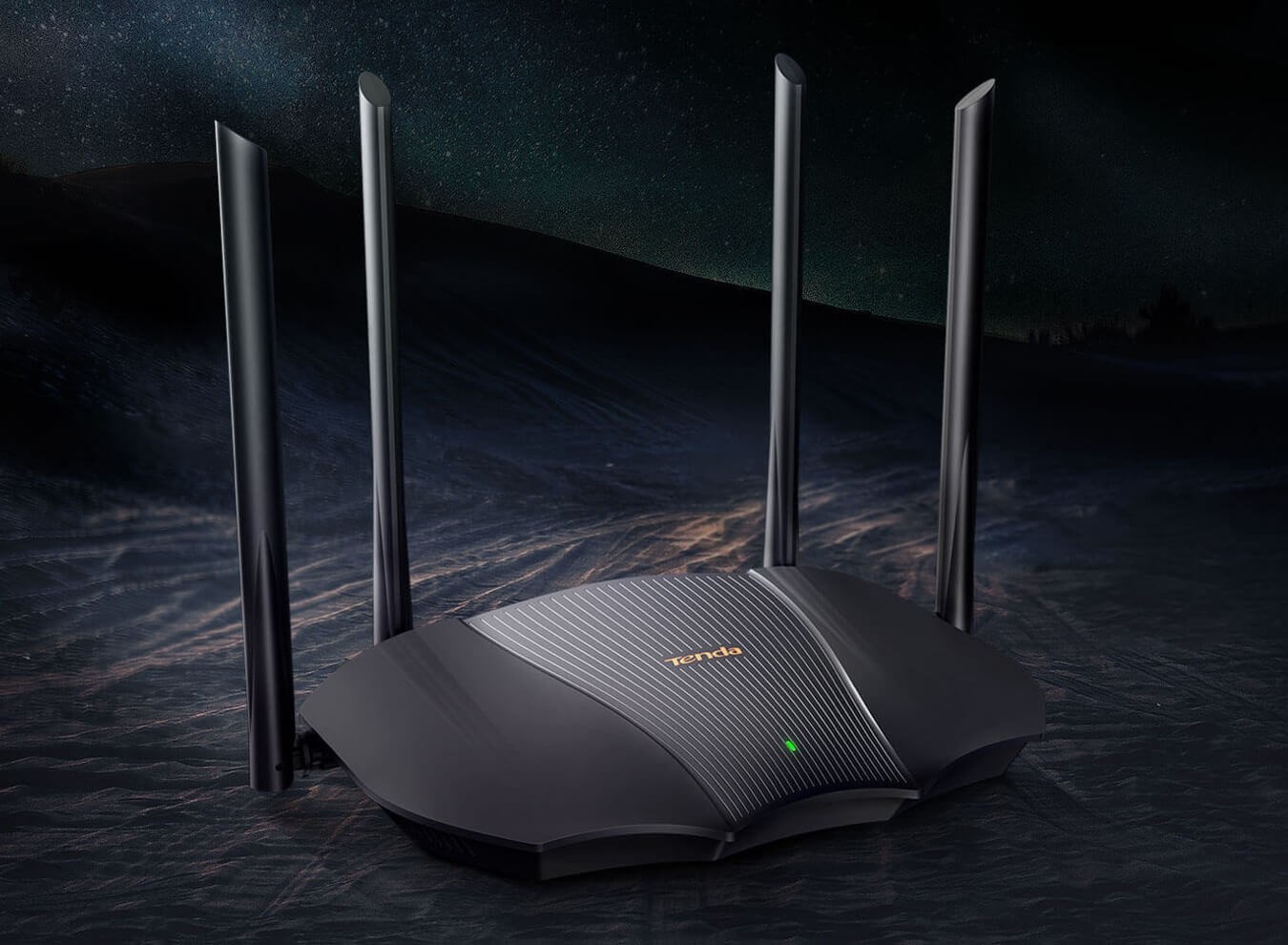

Smart Home Devices
What Is A Dual-Band Wi-Fi Router
Modified: January 9, 2024
Discover the benefits of a dual-band Wi-Fi router for your smart home devices. Learn how it can improve your network performance and connectivity. Ideal for smart home enthusiasts.
(Many of the links in this article redirect to a specific reviewed product. Your purchase of these products through affiliate links helps to generate commission for Storables.com, at no extra cost. Learn more)
Introduction
Welcome to the era of smart homes, where the seamless integration of technology enriches our daily lives. At the heart of this interconnected web lies the humble yet indispensable Wi-Fi router. As the gateway to the digital world, a Wi-Fi router forms the foundation of our connected experiences, enabling us to stream content, control smart home devices, and stay connected with loved ones.
One of the key advancements in Wi-Fi technology is the introduction of dual-band routers, which have revolutionized the way we access and utilize wireless networks. In this article, we will delve into the intricacies of dual-band Wi-Fi routers, exploring their benefits, functionality, and how to choose the right one for your specific needs.
Whether you’re a tech enthusiast, a homeowner looking to upgrade your network, or simply curious about the inner workings of Wi-Fi technology, this guide is designed to provide valuable insights into the world of dual-band Wi-Fi routers. So, let’s embark on this journey of discovery and unravel the magic behind dual-band Wi-Fi technology.
Key Takeaways:
- Dual-band Wi-Fi routers offer faster speeds and reduced interference, making them perfect for streaming, gaming, and seamless device connectivity in modern homes and offices.
- When choosing a dual-band Wi-Fi router, consider factors like speed, security, and advanced features to ensure a reliable and adaptable wireless experience that meets your specific needs.
Understanding Wi-Fi Bands
Before delving into the specifics of dual-band Wi-Fi routers, it’s essential to grasp the concept of Wi-Fi bands. In the realm of wireless networking, Wi-Fi operates on different frequency bands, with the two primary ones being 2.4 GHz and 5 GHz. These frequency bands determine the speed, range, and overall performance of a Wi-Fi network.
2.4 GHz Band: The 2.4 GHz band has been a longstanding staple of Wi-Fi technology. It offers a wider coverage area and better penetration through walls and solid objects, making it suitable for general internet browsing, email communication, and connecting a multitude of devices. However, due to its widespread usage and the presence of numerous electronic devices operating on the same frequency, the 2.4 GHz band is susceptible to interference, which can impact network performance.
5 GHz Band: In contrast, the 5 GHz band provides faster data transfer speeds and is less prone to interference. This makes it ideal for bandwidth-intensive activities such as high-definition video streaming, online gaming, and video conferencing. While the 5 GHz band offers faster speeds, it has a shorter range compared to the 2.4 GHz band, making it more suitable for use within close proximity to the router.
Understanding the distinct characteristics of these Wi-Fi bands is crucial in optimizing network performance and catering to the diverse requirements of modern connectivity. This brings us to the evolution of dual-band Wi-Fi routers, which harness the strengths of both frequency bands to deliver a versatile and efficient wireless networking solution.
Benefits of Dual-Band Wi-Fi
Dual-band Wi-Fi routers offer a myriad of benefits that cater to the diverse demands of modern connectivity. By simultaneously operating on both the 2.4 GHz and 5 GHz bands, these routers provide a versatile platform for a wide range of applications, ensuring a seamless and optimized wireless experience. Let’s explore the key advantages of dual-band Wi-Fi:
- Enhanced Performance: With dual-band Wi-Fi, users can enjoy improved performance for bandwidth-intensive tasks such as streaming high-definition content, online gaming, and video conferencing. The 5 GHz band offers faster data transfer speeds, reducing latency and enhancing the overall user experience.
- Reduced Interference: The 5 GHz band’s resistance to interference from other devices operating on the 2.4 GHz band makes dual-band routers ideal for environments with a high density of wireless networks and electronic devices. This results in more reliable and stable connections, especially in crowded urban areas or office environments.
- Optimized Device Compatibility: Dual-band routers accommodate a wide array of devices, allowing them to connect to the most suitable frequency band based on their individual requirements. Older devices that may only support the 2.4 GHz band can coexist harmoniously with newer, 5 GHz-capable devices, ensuring seamless connectivity for all gadgets within the network.
- Flexibility and Customization: Users have the flexibility to allocate specific tasks or devices to different bands based on their bandwidth needs. For instance, non-critical devices can be connected to the 2.4 GHz band, while bandwidth-intensive activities can be directed to the 5 GHz band, effectively optimizing the network for various usage scenarios.
- Seamless Roaming: Dual-band Wi-Fi facilitates seamless roaming within a home or office environment, allowing devices to switch between the 2.4 GHz and 5 GHz bands based on signal strength and proximity to the router. This ensures uninterrupted connectivity as users move throughout the premises.
These compelling benefits underscore the significance of dual-band Wi-Fi routers in meeting the escalating demands of modern connectivity, empowering users with a robust and adaptable wireless networking solution.
When choosing a dual-band Wi-Fi router, look for one that supports both 2.4GHz and 5GHz frequencies. This will provide better performance and less interference, especially in crowded Wi-Fi environments.
How Dual-Band Wi-Fi Routers Work
Dual-band Wi-Fi routers operate on two distinct frequency bands, 2.4 GHz and 5 GHz, concurrently. This simultaneous operation enables the routers to cater to a wide spectrum of wireless networking needs, offering enhanced performance and flexibility. Here’s a closer look at how dual-band Wi-Fi routers work:
Simultaneous Band Operation: Dual-band routers utilize separate radios and antennas for the 2.4 GHz and 5 GHz bands, allowing them to transmit and receive data on both frequencies simultaneously. This ensures that devices within the network can seamlessly connect to the most suitable band based on their requirements, optimizing performance and minimizing congestion.
Band Steering: Some dual-band routers incorporate band steering technology, which intelligently directs compatible devices to the 5 GHz band for bandwidth-intensive tasks, while allocating the 2.4 GHz band for standard internet browsing and lower bandwidth activities. This automated band selection enhances overall network efficiency and user experience.
Smart Channel Selection: Dual-band routers employ smart channel selection algorithms to dynamically allocate channels within each frequency band, reducing interference and optimizing signal strength. This adaptive approach ensures stable and reliable connections, especially in environments with multiple Wi-Fi networks and electronic devices.
Quality of Service (QoS) Management: Dual-band routers often feature QoS management capabilities, allowing users to prioritize specific types of traffic or devices based on their bandwidth requirements. This ensures that critical applications such as video streaming and online gaming receive the necessary bandwidth, delivering a seamless and uninterrupted experience.
Seamless Roaming: Dual-band routers facilitate seamless roaming for connected devices, enabling them to switch between the 2.4 GHz and 5 GHz bands as they move within the coverage area. This seamless transition ensures consistent connectivity and minimizes disruptions, making it ideal for larger homes or office spaces.
By harnessing the capabilities of both the 2.4 GHz and 5 GHz bands, dual-band Wi-Fi routers offer a comprehensive and adaptable wireless networking solution, catering to the diverse connectivity needs of modern households and businesses.
Choosing the Right Dual-Band Wi-Fi Router
When selecting a dual-band Wi-Fi router, several key factors should be considered to ensure that it aligns with your specific networking requirements and delivers optimal performance. Here are essential considerations to guide you in choosing the right dual-band Wi-Fi router:
- Wireless Standards and Speed: Look for a router that supports the latest wireless standards, such as 802.11ac or 802.11ax, to ensure compatibility with modern devices and achieve faster data transfer speeds. Consider the router’s maximum theoretical speed and its ability to deliver consistent performance across both frequency bands.
- Antenna Configuration: Evaluate the router’s antenna configuration, as it plays a crucial role in signal strength and coverage. Routers with multiple external antennas or advanced beamforming technology can provide better coverage and more reliable connections throughout your home or office.
- Processor and Memory: A powerful processor and ample memory are essential for handling multiple connected devices and bandwidth-intensive activities. Opt for a router with a robust CPU and sufficient RAM to ensure smooth and responsive network performance, especially in demanding usage scenarios.
- Security Features: Prioritize routers with robust security features, including WPA3 encryption, guest network capabilities, and integrated firewall protection. Enhanced security measures safeguard your network from potential threats and unauthorized access, ensuring a secure and private wireless environment.
- Quality of Service (QoS) Support: Look for routers that offer QoS functionality, allowing you to prioritize specific types of traffic and optimize bandwidth allocation for different applications. This feature is particularly beneficial for ensuring a seamless experience when streaming media, gaming, or conducting video calls.
- Advanced Features and Customization: Consider additional features such as USB ports for file sharing or printer connectivity, parental controls, and support for mesh networking. These advanced capabilities can enhance the versatility and functionality of your dual-band Wi-Fi router, catering to diverse user requirements.
- Manufacturer Support and Firmware Updates: Choose a reputable brand known for providing regular firmware updates and reliable customer support. Keeping your router’s firmware up to date is crucial for addressing security vulnerabilities and ensuring compatibility with evolving technologies.
By carefully evaluating these factors and aligning them with your specific networking needs, you can select a dual-band Wi-Fi router that delivers exceptional performance, robust security, and the flexibility to accommodate the evolving demands of your connected lifestyle.
Read also: 14 Best Tri-Band Wi-Fi Router For 2024
Conclusion
As we conclude our exploration of dual-band Wi-Fi routers, it becomes evident that these innovative networking devices have redefined the way we experience wireless connectivity. By harnessing the capabilities of both the 2.4 GHz and 5 GHz frequency bands, dual-band routers offer enhanced performance, reduced interference, and unparalleled flexibility, catering to the diverse needs of modern households and businesses.
The evolution of dual-band Wi-Fi technology has empowered users with the ability to seamlessly connect a multitude of devices, from smartphones and laptops to smart home appliances and streaming media players, while ensuring optimized performance for bandwidth-intensive activities. The benefits of dual-band Wi-Fi, including enhanced speed, reduced interference, and seamless device compatibility, underscore its pivotal role in shaping the future of wireless networking.
When considering the purchase of a dual-band Wi-Fi router, it’s essential to prioritize factors such as wireless standards, antenna configuration, security features, and advanced capabilities to ensure that the chosen router aligns with your specific networking requirements and delivers a seamless and reliable wireless experience.
As technology continues to advance and our reliance on wireless connectivity grows, dual-band Wi-Fi routers stand as a cornerstone of modern connectivity, enabling us to stay connected, entertained, and productive in an increasingly digital world. Whether in a bustling urban apartment or a sprawling suburban home, the versatility and performance of dual-band Wi-Fi routers have become indispensable, shaping the way we interact with the digital ecosystem.
In closing, the journey of discovery into the realm of dual-band Wi-Fi routers has shed light on their transformative impact, providing us with the knowledge and insights to make informed decisions when embracing the next generation of wireless networking. With their ability to harmoniously blend speed, reliability, and adaptability, dual-band Wi-Fi routers continue to pave the way for a connected future, where seamless connectivity enriches every aspect of our lives.
Frequently Asked Questions about What Is A Dual-Band Wi-Fi Router
Was this page helpful?
At Storables.com, we guarantee accurate and reliable information. Our content, validated by Expert Board Contributors, is crafted following stringent Editorial Policies. We're committed to providing you with well-researched, expert-backed insights for all your informational needs.
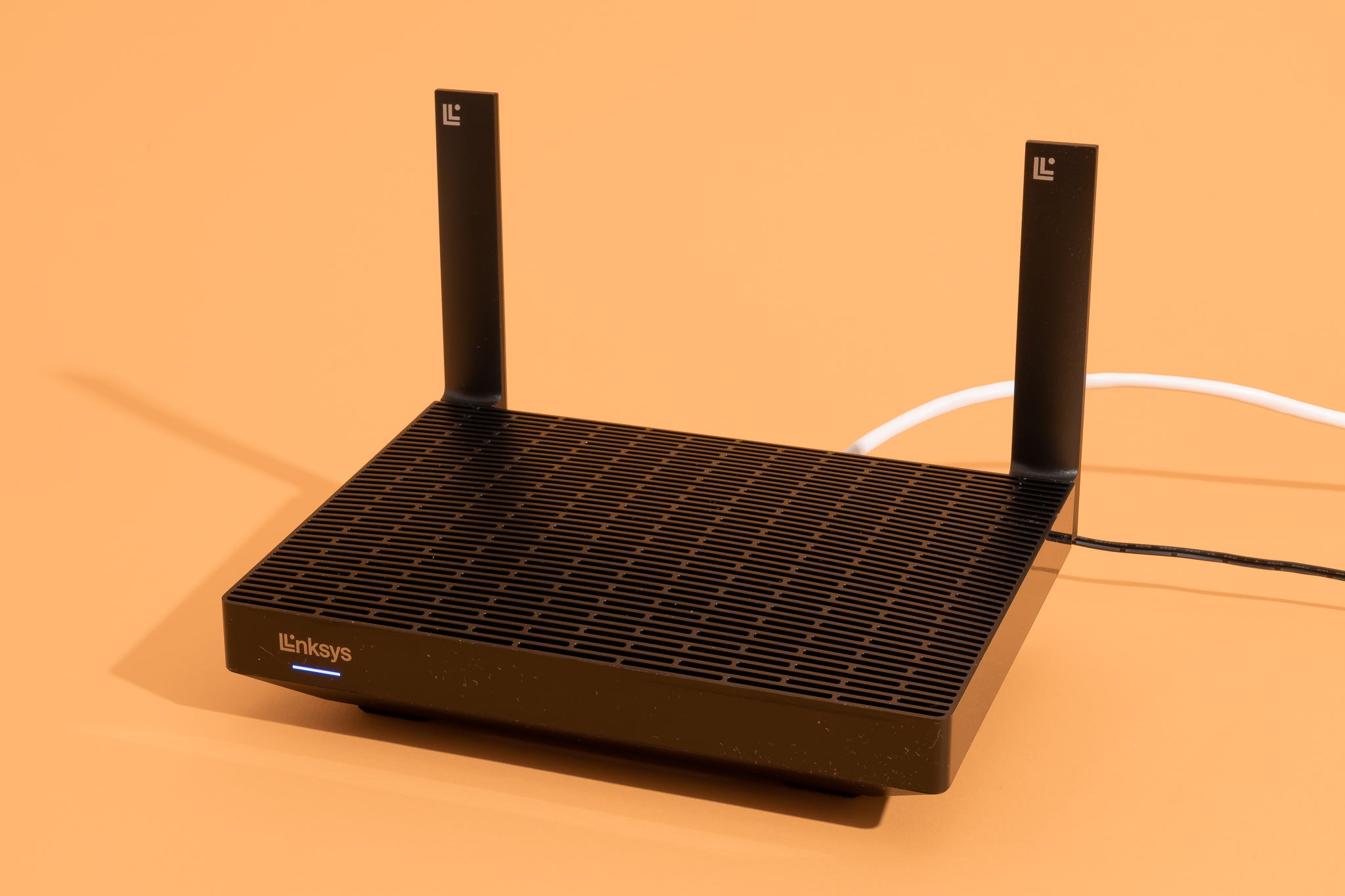
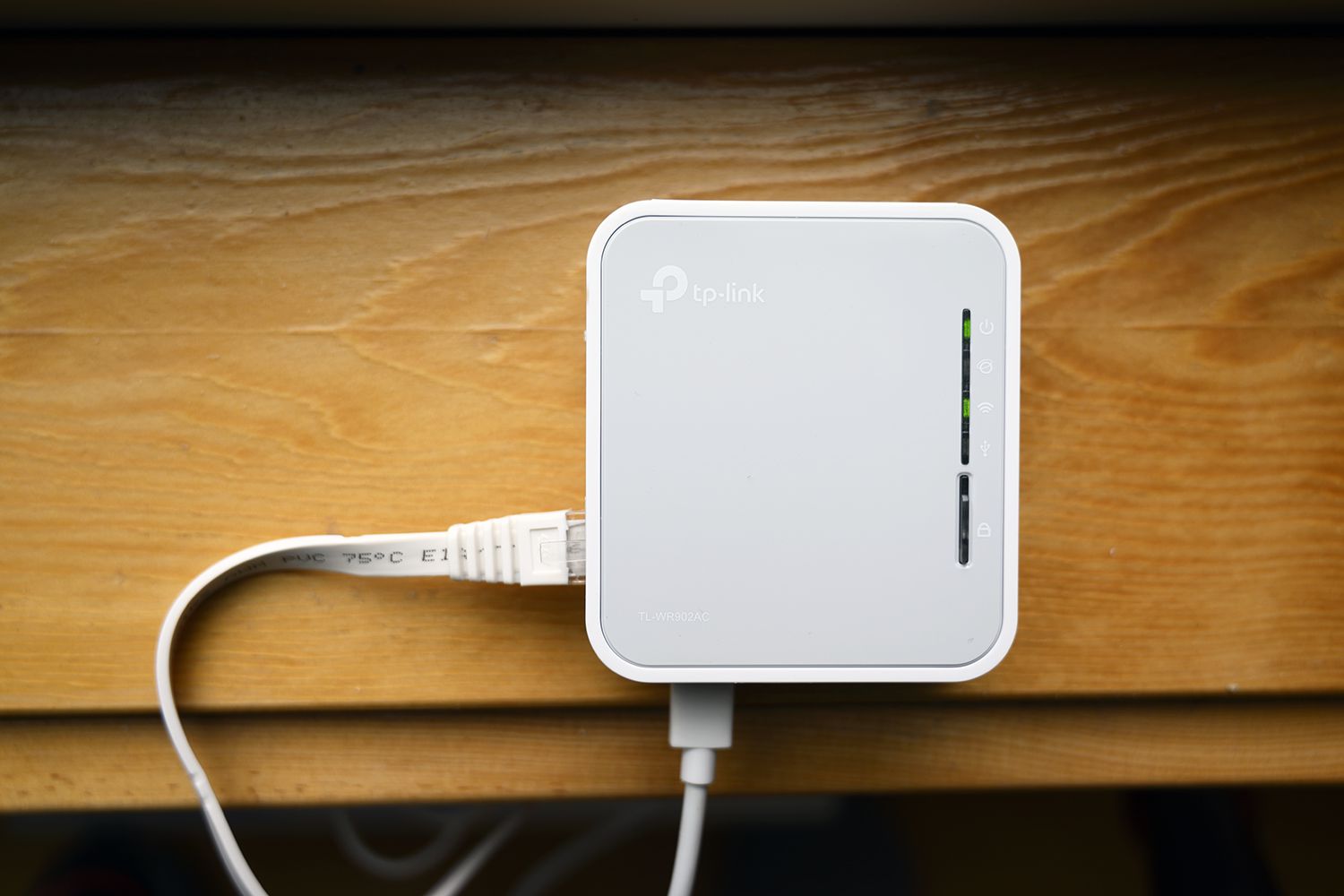
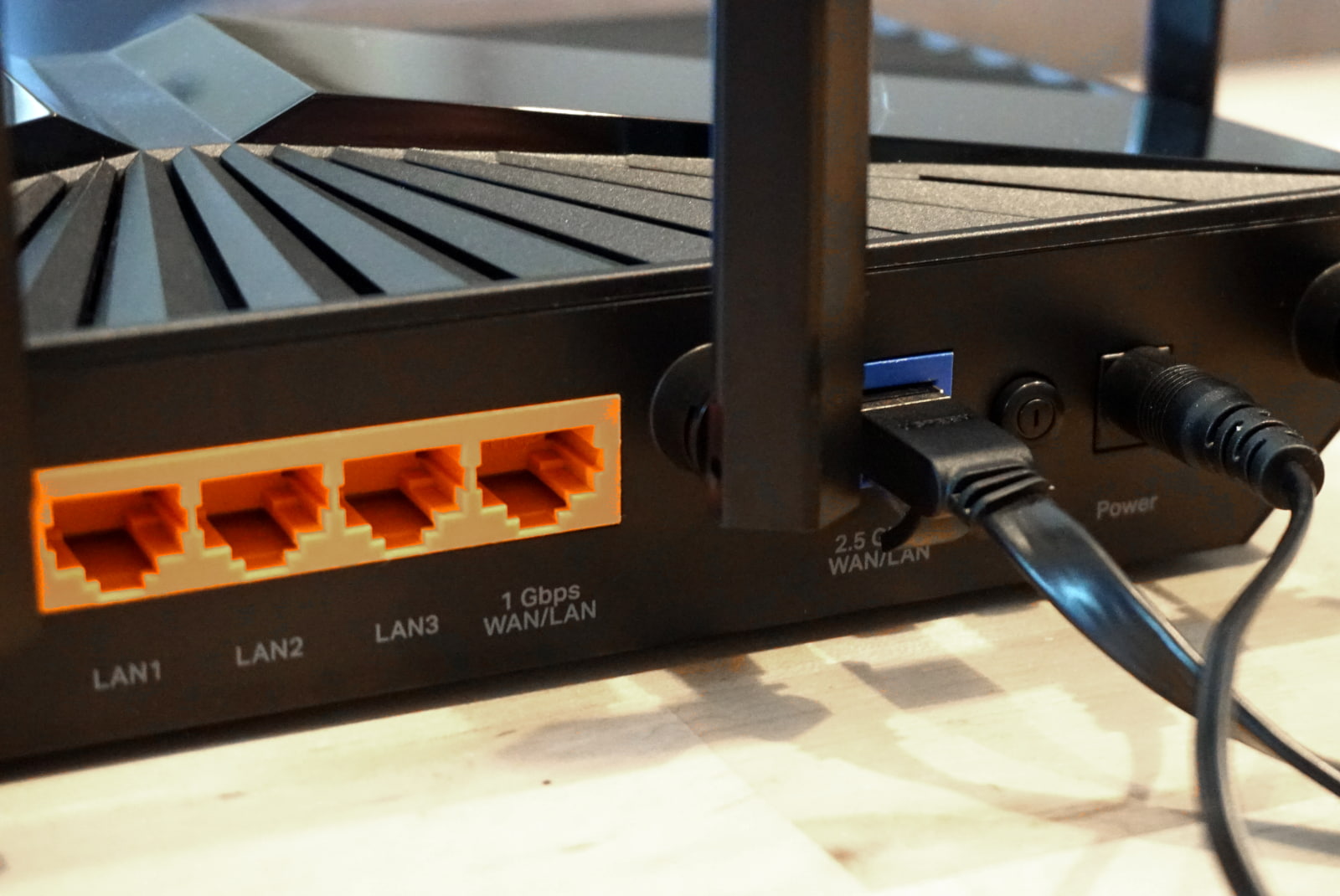




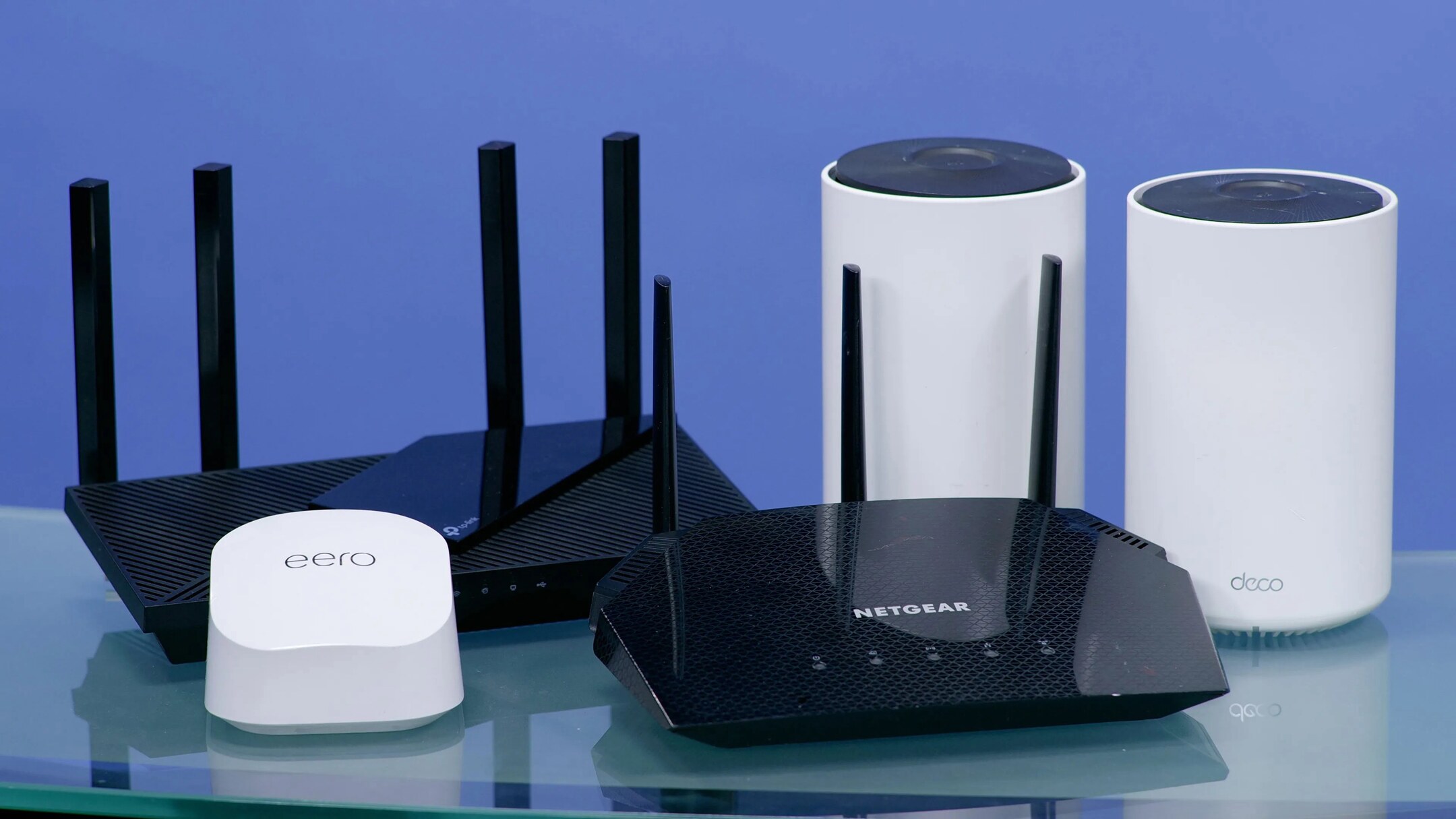
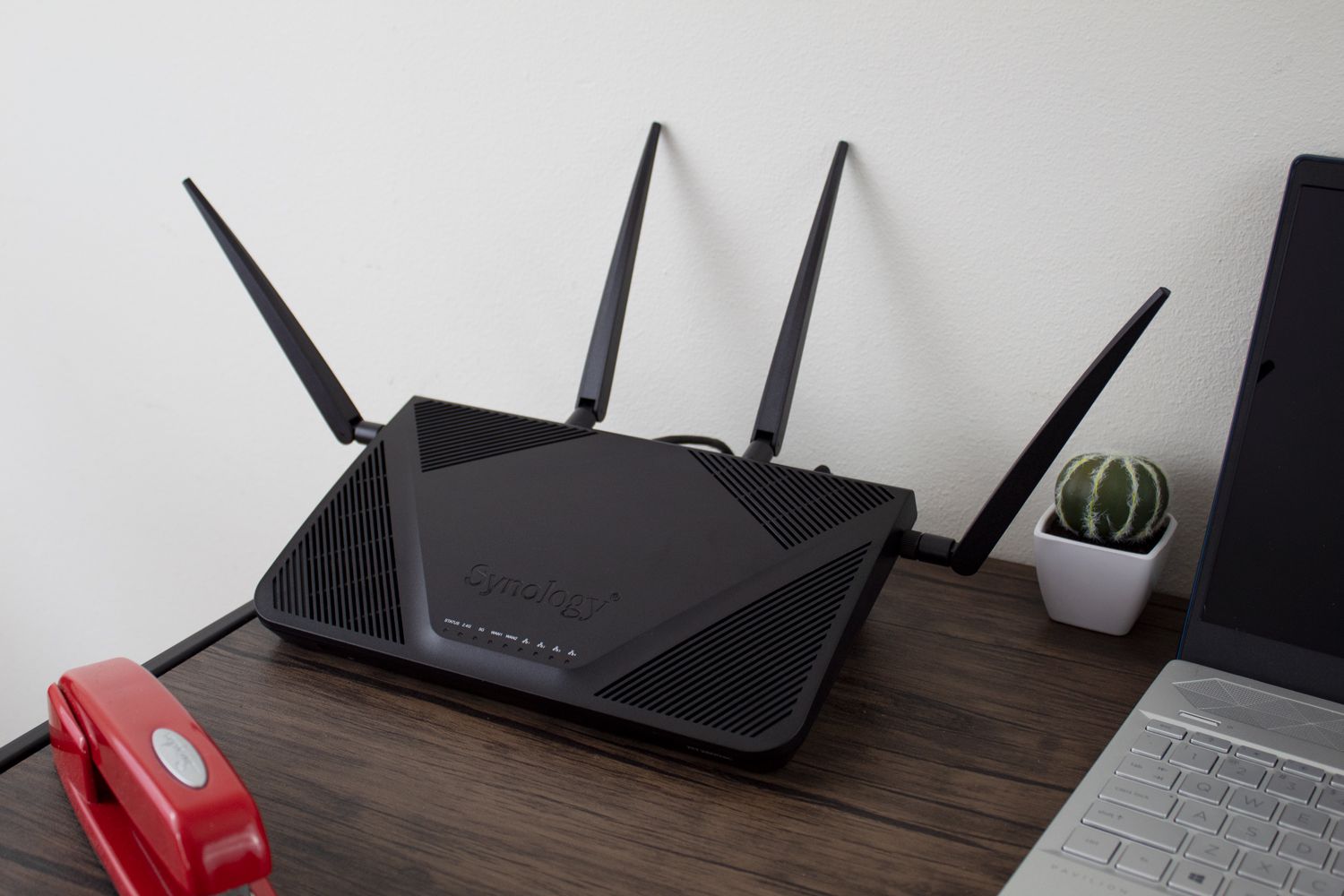
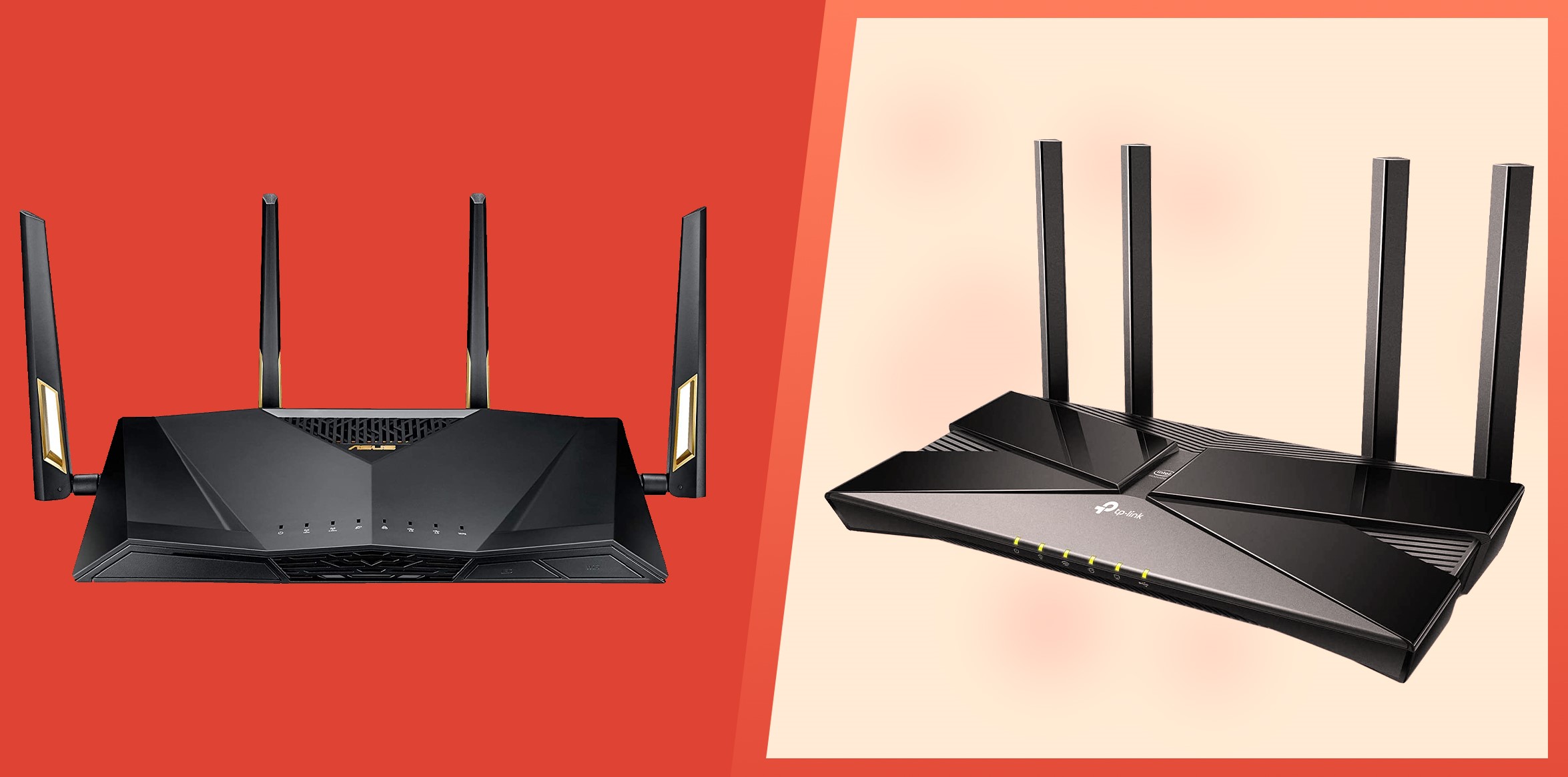
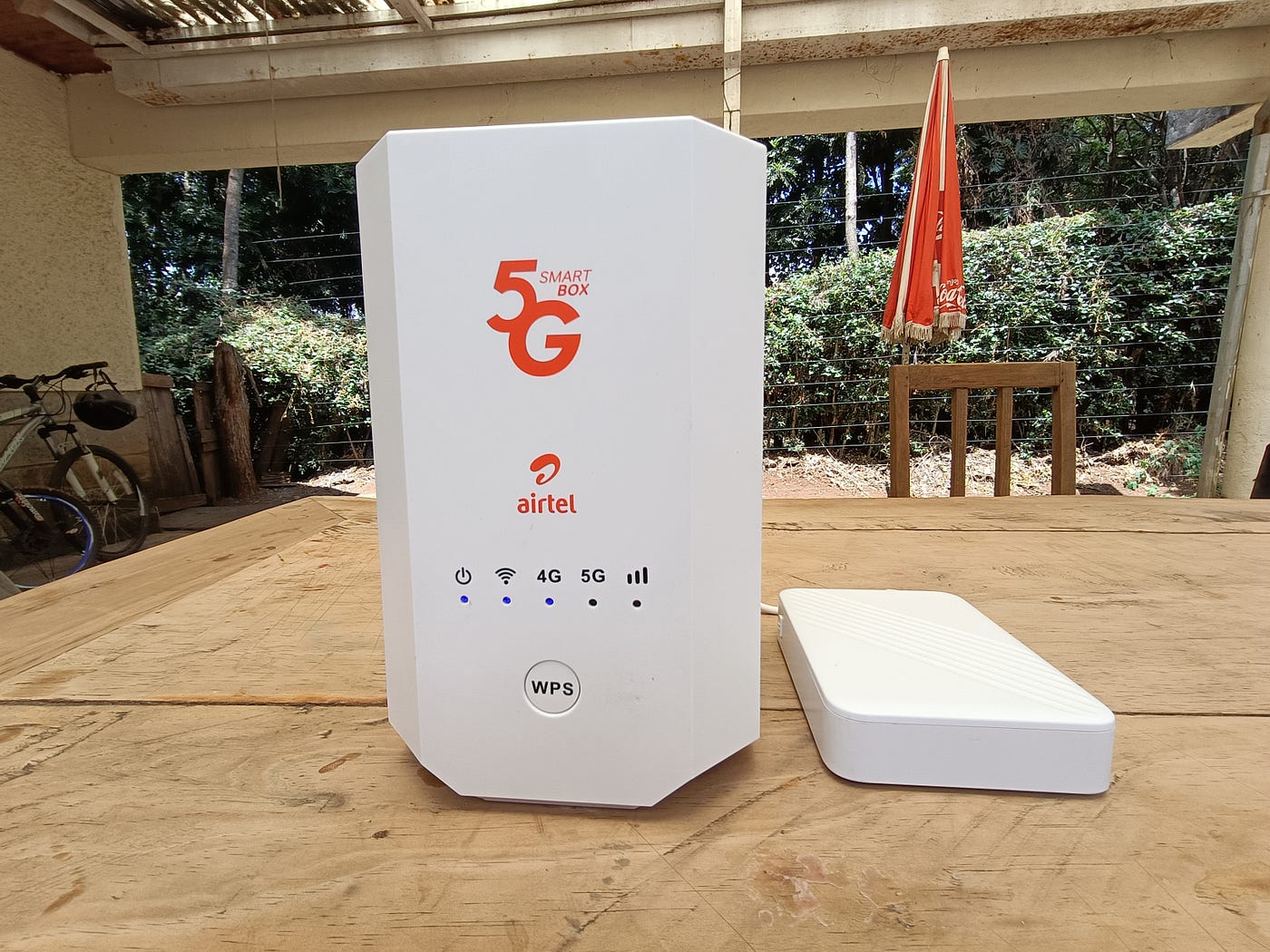
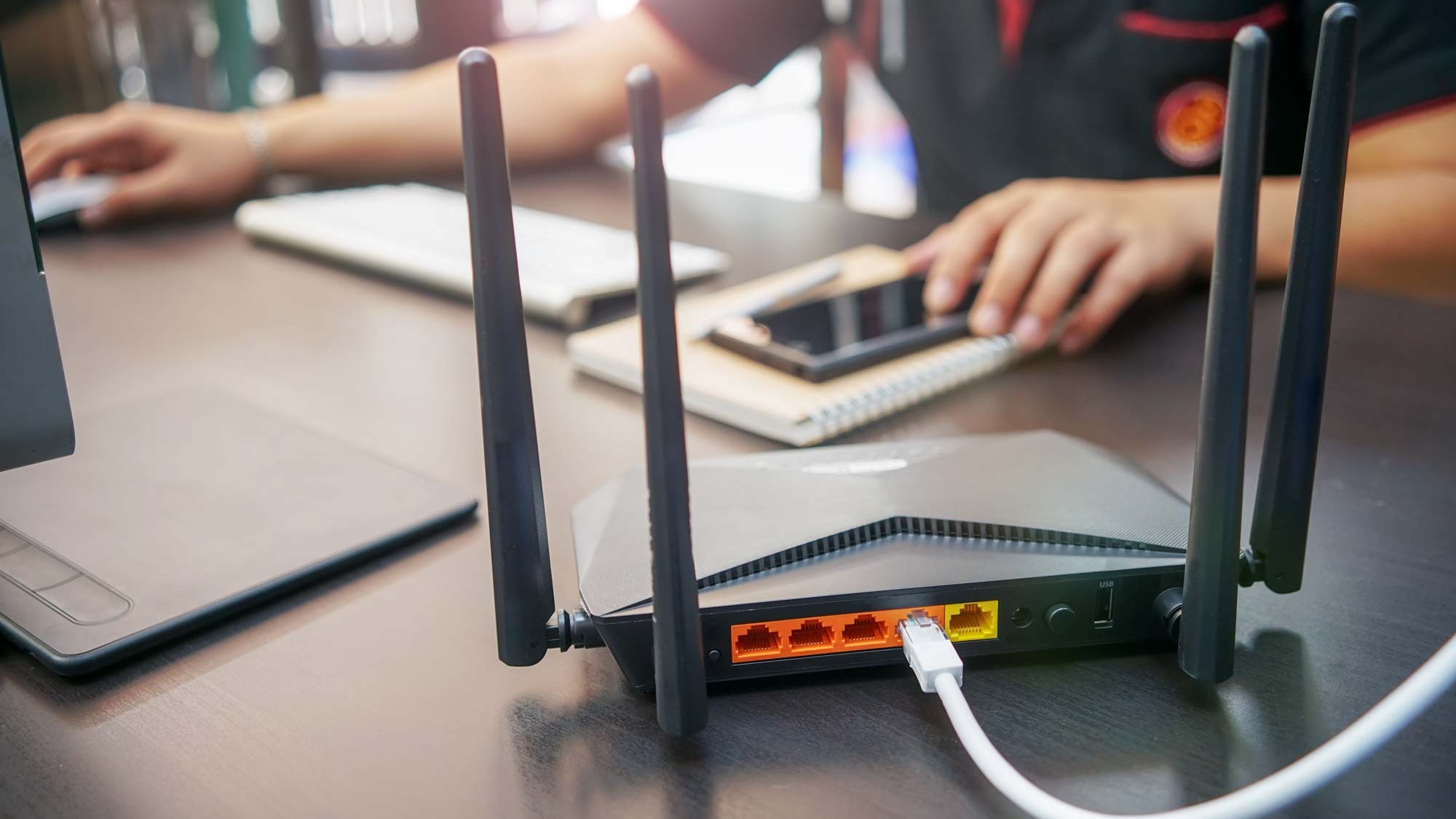
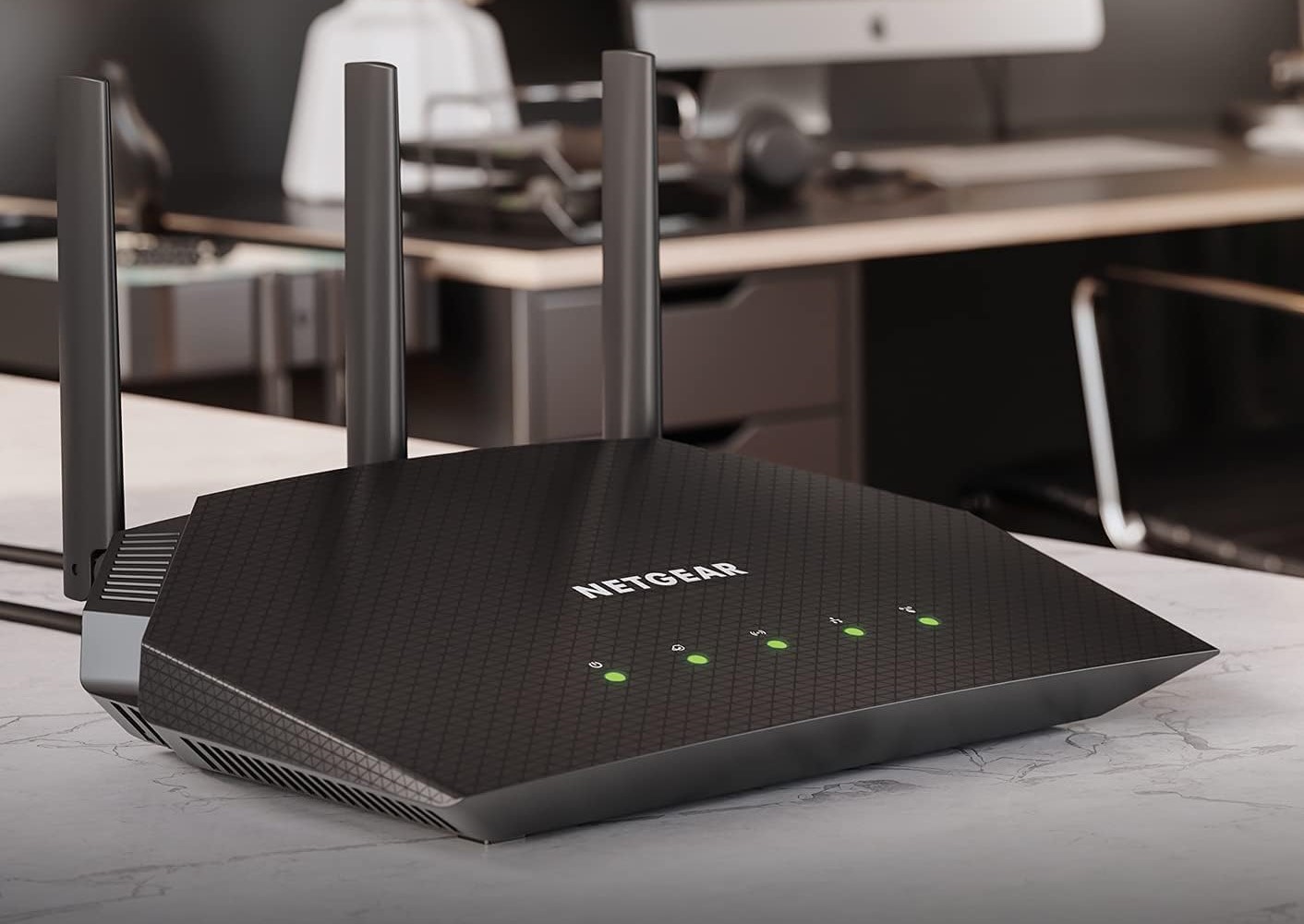
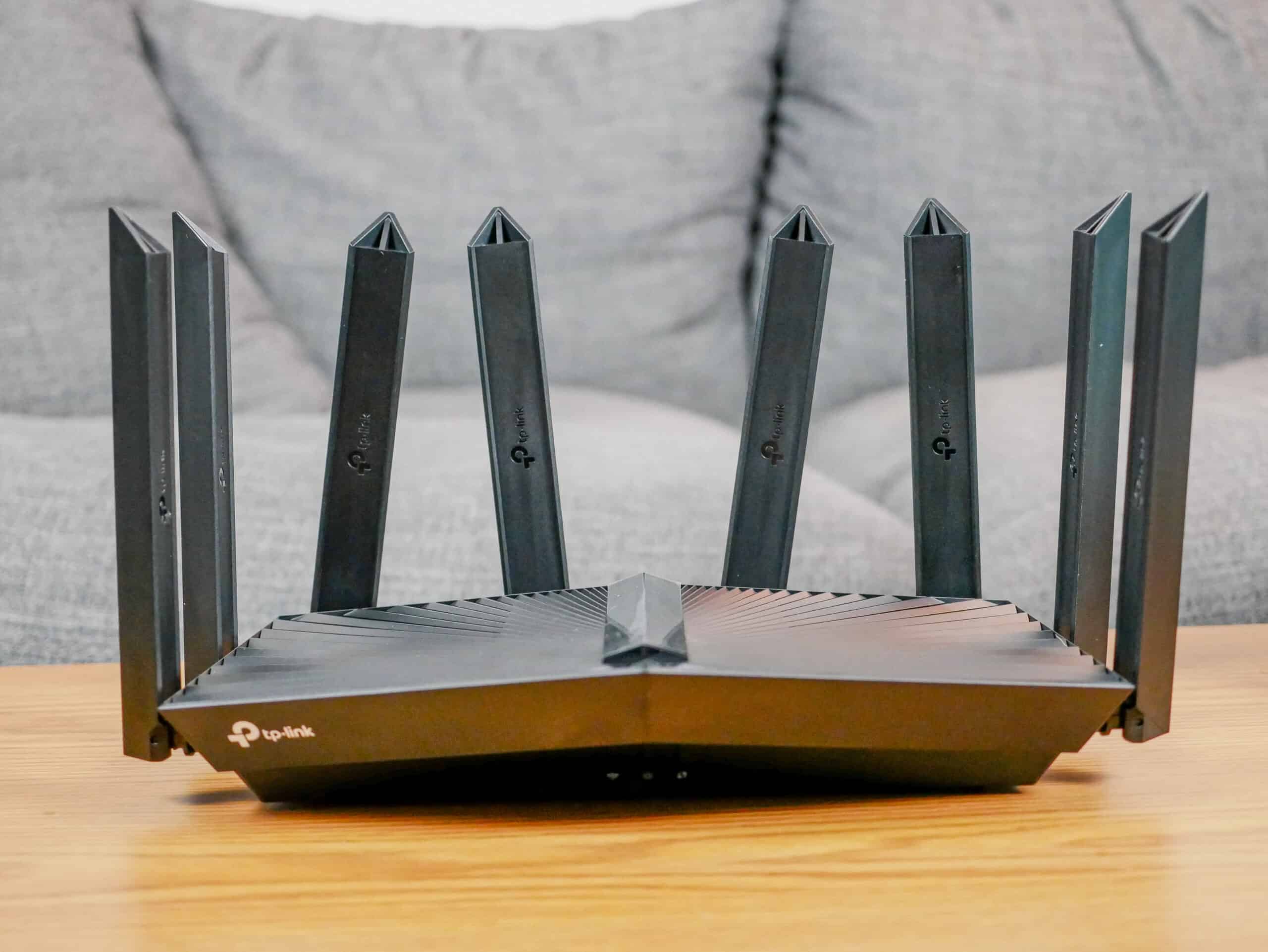

0 thoughts on “What Is A Dual-Band Wi-Fi Router”